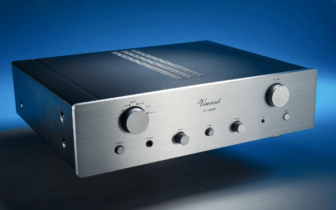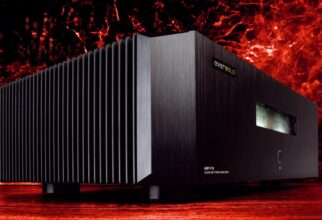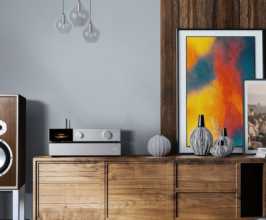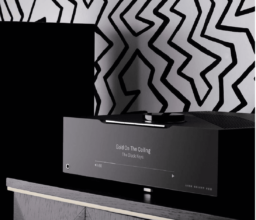Pioneer VSX-LX505 Review
For a long time, Pioneer had a good hand for high-quality audio components. A new generation of refreshed AV receivers aims to continue this legacy.
By Klaus Laumann
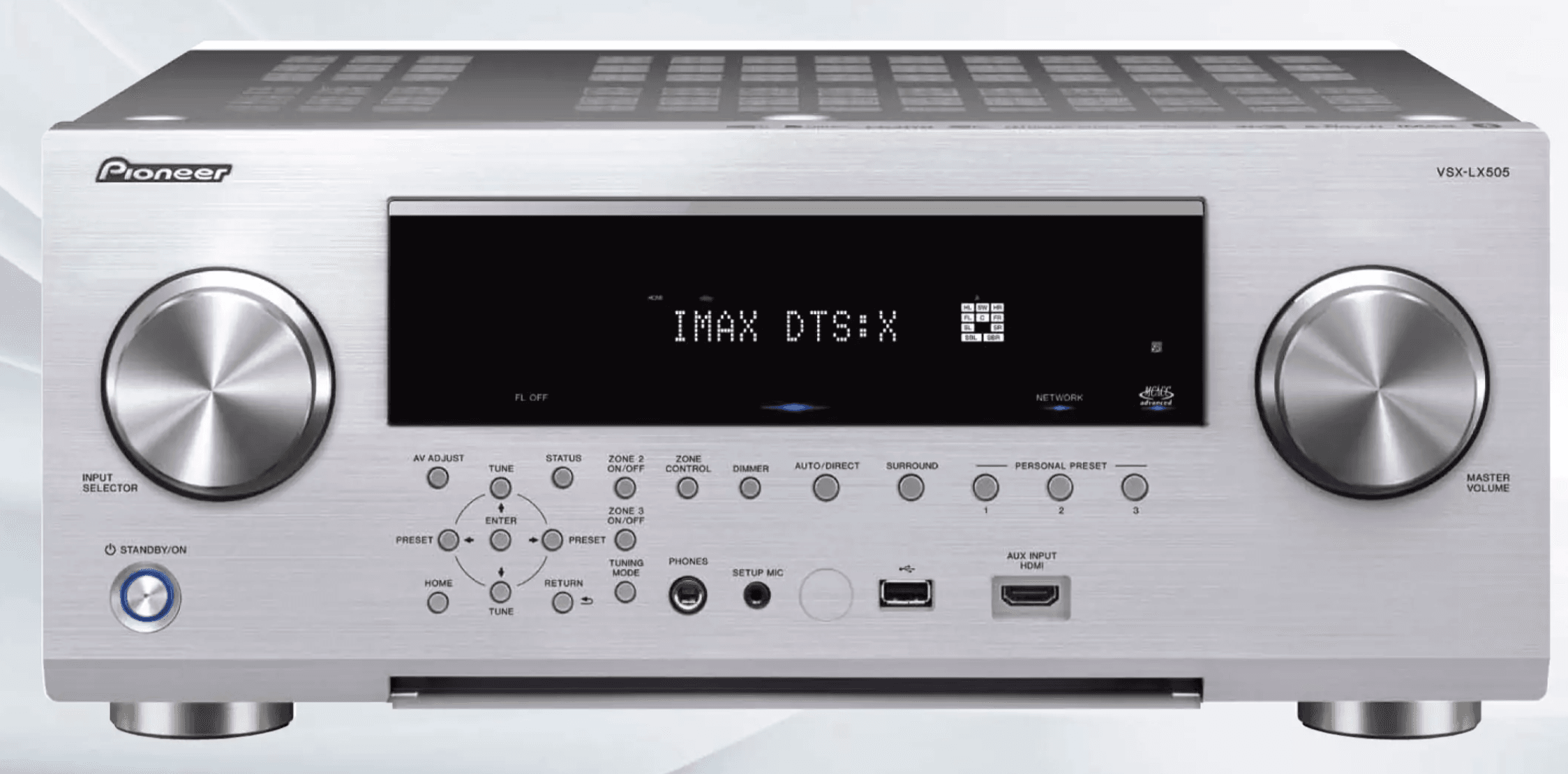
As a co-founder of the Blu-ray Disc Association, Pioneer always had a slight advantage. The renowned brand, whose roots date back to 1938, was considered to have a special affinity for home cinema. After all, the Japanese also manufactured the corresponding playback devices, and at that time they were still involved with plasma televisions. Ultimately, it was flagships like the AV receiver SC-LX88 in combination with the Blu-ray player BDP-LX88 or the Ultra HD Blu-ray player UDP-LX800 that shaped Pioneer’s reputation as a home cinema brand with high-end aspirations. However, even the good reputation could not prevent Pioneer’s home cinema division from going into the care of Onkyo in 2015.
Since then, the two brands are united not only by their turbulent fate. In terms of development and production, they also rely on synergies, so a certain similarity cannot be denied. Thus, the new VSX-LX505, like the Onkyo TX-RZ50, is produced by Sharp under the aegis of the Premium Audio Company.
SIMILARITIES AND DIFFERENCES
The similarity between the two AV receivers is particularly noticeable in the specification table. Externally, the devices are oriented towards the proven design of their respective predecessor models, but even a look at the rear connection panel reveals clear similarities. The devices really only differ in minor details: the Pioneer has a second 12-volt trigger output for home cinema automation, while the Onkyo offers six instead of four analog stereo inputs. The remote controls are also quite similar. Pioneer, however, stands out here with three programmable preset buttons, which can be used to save certain presets.
However, the devices are not entirely identical. It doesn’t hurt that they cooperate in the development of the HDMI section or complex software issues such as the processing of current video and audio formats and the implementation of various multiroom and streaming functions. Such points simply have to be correctly implemented in the end. Both the sound-defining amplifier section and the graphical user interface still bear the individual signature of the two brands, just like the two apps for remote control of the devices on smartphones. The two proprietary calibration functions, MCACC on Pioneer and AccuEQ on Onkyo, are also being further developed. Experts will certainly prefer Dirac Live, which both devices additionally support. In terms of measurements, the devices also differ, but only minimally.
It is noticeable that both limit the continuous power quite significantly with a protective circuit. In the short term, however, they deliver quite considerable power values even on complex loads. On paper, the Pioneer VSX-LX505 has to accept technical defeat with a score that is 0.1 point lower, but in terms of sound, it ultimately comes down to nuances. The slightly softer sound signature, which makes the Pioneer appear smoother but also somewhat more pleasing, will probably appeal even more to some users.
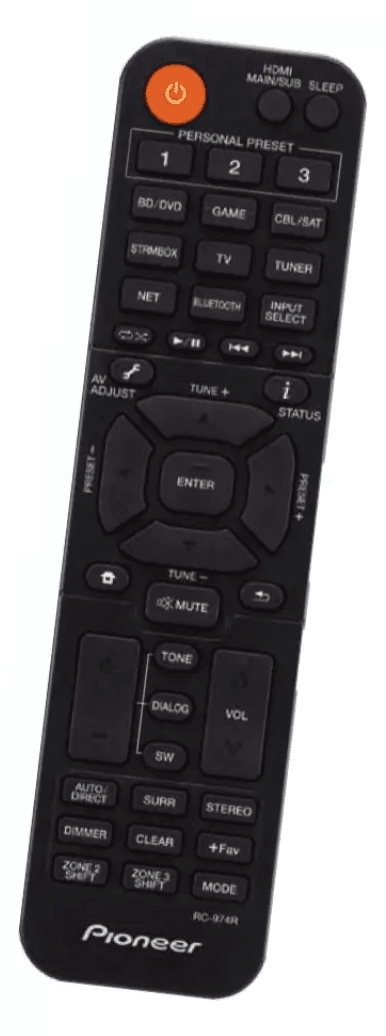
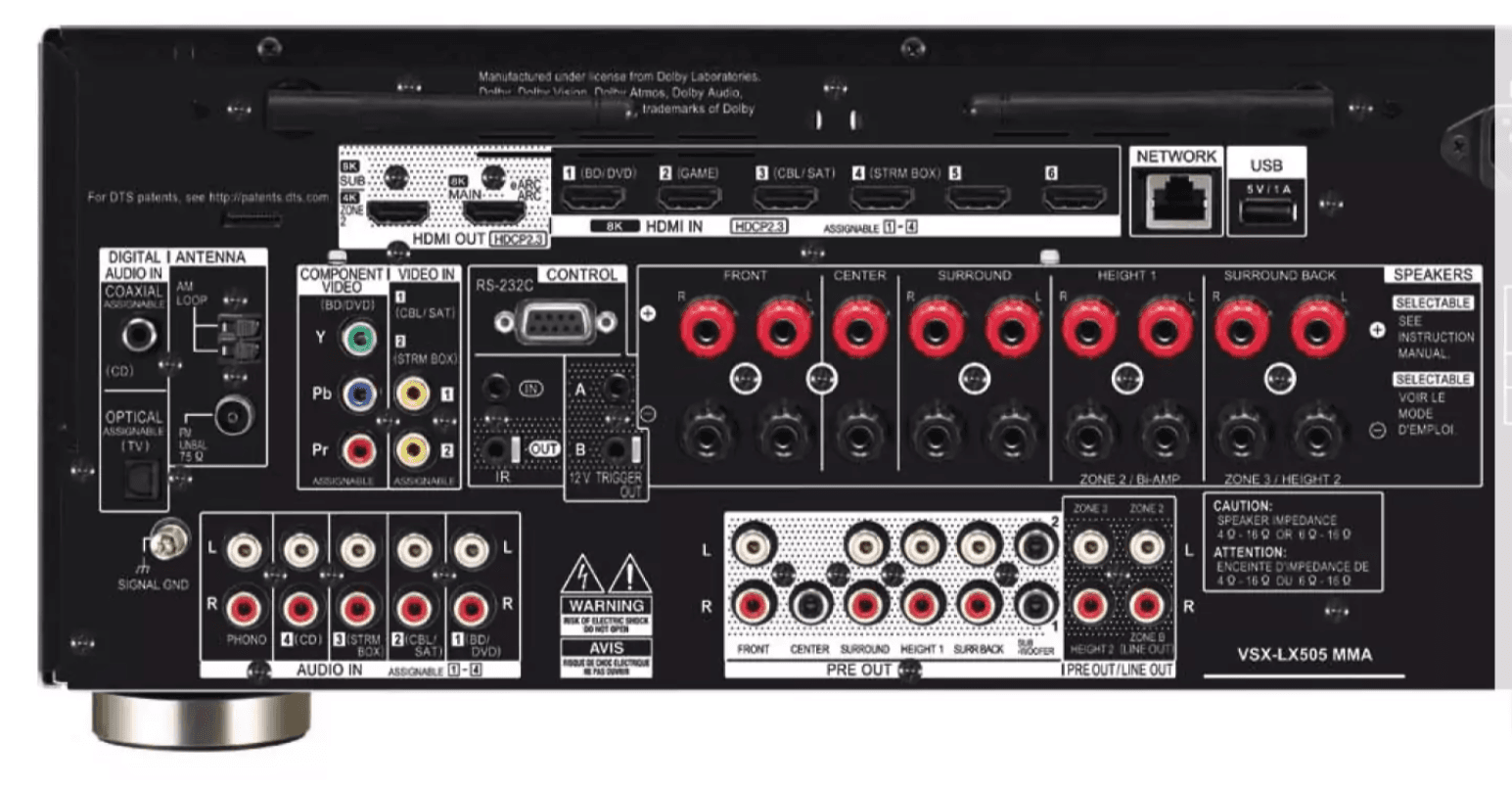
TEST LAB
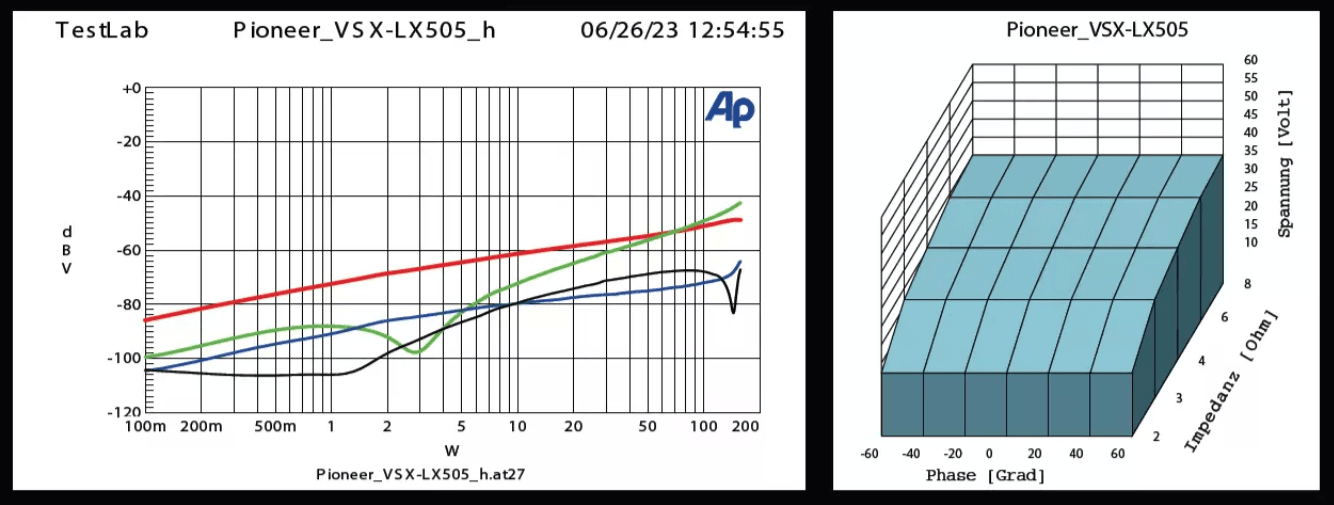
K2 distortion (red) dominates over wide load ranges; stable behavior with low-impedance and complex loads (see figure on the right). A limiter restricts the continuous available output power to around 50 W in stereo or 30 W with five fully driven channels. High power is available in the short term: Sine, Stereo: 150/210 W (8/4 Ω). Complex music power Stereo (8/6/4/3/2 Ω): 155/195/235/240/150 W. Sine, 5-channel: 100/125 W (8/4 Ω). Measurements were consistently taken in the stronger 6-Ω impedance setting. Power consumption: (Standby/Operation quiet/maximal) 2.6-3.8/38/1500 W. Audio score: 6.7
Specs
- List Price: €1599
- Warranty: 2 years
- Dimensions (W × H × D): 43.5 × 18.5 × 38.6 cm
- Weight: 13 kg
Connections
- HDMI Inputs (Version): 6 + 1 (HDMI 2.1) plus 1 × 2.0
- HDMI Outputs (Version): 1 × eARC (2.1) + 1 × (2.1/2.0)
- Analog Video In: 2 × composite (FBAS), 1 × component (YUV)
- Analog Video Out: —
- Line In/Out: 4 / 7.2.4 + 2.0
- Digital In: 1 × optical, 1 × coaxial
- Digital Out: —
- Phono (MM/MC): MM yes / MC no
- Front Inputs/Outputs: HDMI, Headphone, USB‑A, calibration microphone
- LAN / WLAN: yes / yes
- Bluetooth RX / TX: yes / yes
- Amplifier Channels / Binding Posts: 9 / 9
- Bi‑Amping: yes
Features
- Video Formats: up to 8K @ 60 Hz, HDR (HDR10/10+), HLG, Dolby Vision
- Audio Formats: Dolby Atmos, DTS:X
- Hi-Res PCM / DSD: up to 192 kHz/24 bit & DSD256
- LipSync: automatic
- LFE Crossover: adjustable 50–200 Hz
- Auto‑Calibration: Dirac Live, MCACC
- Remote Control: (no learning / no backlight specified)
- On‑Screen Display: yes
- Smartphone App: Pioneer Remote (Android 5.0+ / iOS 12.0+)
- USB / Network Playback: yes / yes
Network & Streaming
- Multiroom: DTS Play‑Fi, Works with Sonos
- Streaming Services: AirPlay 2, Chromecast built‑in, Spotify Connect, TIDAL, Amazon Music
- Special Features: Tuner (DAB/AM/FM), IMAX Enhanced
Verdict
It’s nice that Pioneer seems to be back on track after all the turmoil. Although I doubt the brand can return to its former glory. For now, we probably shouldn’t expect legendary AV flagships—for too much has been restructured. But at the Premium Audio Company, they know what matters: The VSX-LX505 offers top features at a very fair price.
Pros
- Modern, full‑featured (Dirac Live, plenty of power reserves)
Cons
- Somewhat simple build quality, conservative design, very basic remote
Sound Quality (2.0 / 5.1 / HD): 89 / 89 / 104 points
- Converted to a rough 10‐point scale:
- Stereo (2.0): 8.9 / 10
- Surround (5.1): 8.9 / 10
- HD format: 10.4 / 10 (magazine rating goes above 100 here)
Equipment (“Ausstattung”): “sehr gut”
- Approx. 9 / 10
Operation (“Bedienung”): “sehr gut”
- Approx. 9 / 10
Build Quality (“Verarbeitung”): “sehr gut”
- Approx. 9 / 10
Overall Rating: 94 points — “Überragend” (Outstanding)
- Approx. 9.4 / 10 on a 10‐point scale
When you purchase through links on our site, I may earn an affiliate commission. Here’s how it works.







